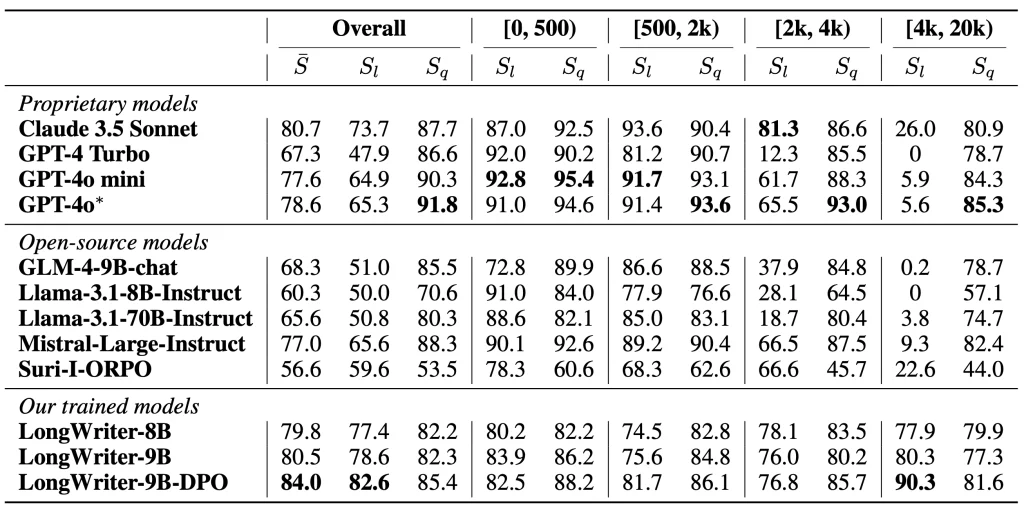Researchers at Tsinghua University in Beijing have developed a new artificial intelligence system that can generate coherent texts with more than 10,000 words. This remarkable development could revolutionize the way we approach writing long texts in various contexts and challenge human authors.
Artificial intelligence marathon
In a paper titled “LongWriter: Unleashing 10,000+ Word Generation from Long Context LLMs,” this AI system is described and addresses a perennial challenge in AI technology: the ability to generate long, high-quality written content. Such advances in artificial intelligence can have far-reaching consequences for fields such as writing articles, writing stories, etc., and possibly change the landscape of content creation in the digital age.
LongWriter
The research team led by “Yoshi Bai” realized that the output length of an artificial intelligence model of text generation such as GPT chat and similar examples; It is directly related to the length of texts encountered during training. “We found that the effective generation length of the model is intrinsically limited by the samples observed in fine tune,” the researchers explain. This insight led them to create LongWriter-6k, a model built from 6,000 writing samples ranging from 2,000 to 32,000 words.
By giving such inputs to train their AI model, the team was able to increase the maximum output length from around 2,000 words to more than 10,000 words. In addition, their 9 billion parameter model performs better even in long text production tasks than larger dedicated models.

Opportunities and challenges
This development could revolutionize businesses that require long-form content. Publishers may use AI to generate early drafts of books or reports. Educational technology companies may develop artificial intelligence teachers capable of generating comprehensive course material.
However, this technology also poses significant challenges. The ability to generate large amounts of human-like text can exacerbate the problems of disinformation and spam. Writers and journalists may face increasing competition from AI-generated articles. Academic institutions should modify plagiarism detection tools to identify articles written by artificial intelligence. The moral implications are equally profound. As AI-generated text becomes indistinguishable from human-written content, questions about authorship, creativity, and intellectual property become more complex. The development of long-term AI writing capabilities may also affect human language skills, possibly increasing creativity or leading to the erosion of writing abilities.
Rewriting the future: Implications for society and industry
The researchers of this project have published their codes and models in GitHub as open source so that other developers can build new models based on their work. They’ve also released a demonstration video showing their model generating a coherent 10,000-word travel guide for visiting China from a simple query. It highlights the potential of this technology to produce detailed and structured content.
As artificial intelligence continues to advance, the line between human- and machine-generated text is blurring further. This advance in the production of long text is not only a technical achievement, but a turning point that may reshape our relationship with written communication.
The current challenge lies in the responsible use of this technology. Policymakers, ethicists, and technologists should work together to develop frameworks for the ethical use of AI-generated content. Training systems may need to evolve and emphasize skills that complement AI capabilities rather than compete with them.
As we enter a new era of AI-assisted writing, the written word, long considered the uniquely human domain, is entering uncharted territory. The implications of this shift are likely to reverberate throughout society and affect how written content is created, consumed, and valued for years to come.
source
RCO NEWS
















